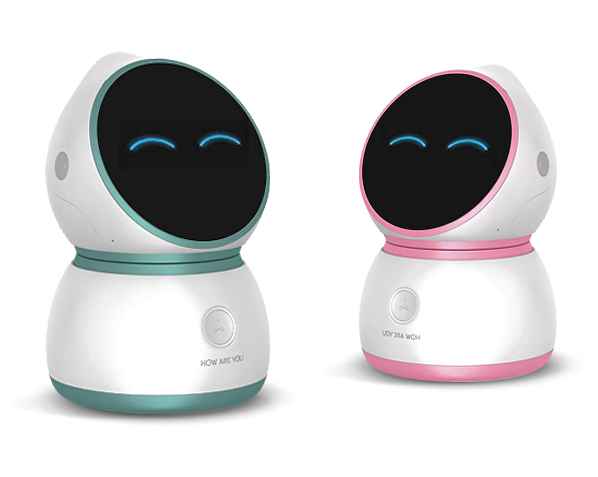In recent years, we’ve seen a spate of movies and TV shows suggesting that robots will soon be so realistic and life-like that humans will form deep connections with them and yes, even fall in love. Movies like “Ex Machina” or the British TV show “Humans” depict scenarios in which robots or synths are so advanced and humanoid in their development that the people with whom they interact become attracted to them.
While it makes for a great story line, the reality is that robots are unlikely to inspire deep affection, because their ability to create true intimacy will always be limited. At the end of the day, they’re not human, and they cannot replicate the kind of eye contact or chemistry that happens when two humans are connected emotionally.
In the best of all worlds, love is a conversation between two people with mutual respect and the freedom to stay or go. In a loving human relationship, two people will generally make some kind of commitment to each other and then seek to act in a manner consistent with that choice.
Robots do not have this freedom. A robot is completely under the control of the human and brings nothing new or different to an interaction, unlike another person, who will have their own interests, experiences, ideas, and emotions.
Since a robot has no free will, it cannot naturally engage in any kind of emotional interaction but can only offer programmed responses or mimic others it has seen. There is no spontaneity, no originality, and no freedom of expression, so how can there be love?
This week, technologists and researchers with an interest in how technology engages with society gathered in Salford, Manchester for the world’s first conference exploring the impact of technology on sexuality. The 12th Human Choice and Computers Conference (HCC12) attracted a range of expert speakers, including Professor Charles Ess from the University of Oslo’s Department of Media and Communication and Ghislaine Boddington, creative director of body>data>space, to discuss the theme, “Technology and Intimacy: Choice or coercion?”
In his keynote presentation entitled “What’s love got to do with it? Robots, sexuality and the arts of being human,” Professor Ess explored the boundaries between humans and robots, drawing the line between machines designed to interact with humans on a superficial level and the uniquely human capacity to express virtues such as mutuality, respect, empathy, patience, perseverance, and, of course, love.
According to Ess, “There appears to be considerable consensus [amongst researchers] that we cannot build A.I.s of sufficient sophistication…to be capable of a first-person experience of emotion. Given this, the approach is rather to develop robots that can imitate emotion.”
Ess also highlighted that a robot is, in fact, a commodity, a creature of human design and construction that can be bought and sold. In contrast to a relationship between humans, where loving commitments and virtues such as patience and perseverance inspire lovers to stay when things get rough, a robot would inspire no such obligation.
“It would seem that if a relationship with a social robot somehow became boring or unpleasant, the easiest and most straightforward thing would be to return it to the manufacturer or sell it as a used artefact,” he said.
Love takes two people, and I don’t believe a robot, no matter how advanced, will ever be able to express itself the way a human being can. For one thing, a large part of an emotional connection revolves around eye contact, and this is something that I do not see robots being able to achieve in the near or distant future.
In the movie “Artificial Intelligence,” Professor Hobby asks his robotic secretary, “What is love?”
She responds by saying, “Love is first widening my eyes a little bit … and quickening my breathing a little … and warming my skin …”
What she expresses is not genuine emotion but simply a series of actions she is programmed to follow. There is no emotional engagement at all. The robot will perform these actions on cue because it lacks the will or autonomy to refuse, or even to want to refuse.
A human, on the other hand, will respond to an expression of love depending on how they feel about the other person in the broader context of what kind of day they’ve had, their past experiences of love, their personal values and beliefs, and a host of other factors.
And because their love cannot be forced or compelled, it is far more valuable and desirable to a human than a simulation from a robotic A.I. could ever be.
So, while robots will serve many purposes and functions in coming decades, I do not believe they will ever have the capacity to replace humans as companions or lovers.
What’s love got to do with it? Everything.


